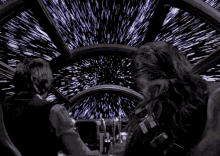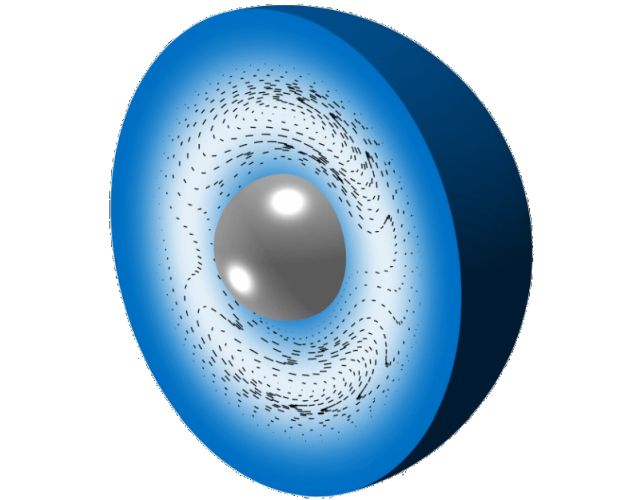Key Takeaways
- The speed of light caps how fast anything can travel, limiting interstellar ambitions.
- Scientists at Applied Physics propose a “constant velocity warp drive” that requires no exotic energy.
- This new warp drive model could potentially warp space-time using only conventional physics.
- The concept involves creating a stable shell that influences space-time like a gravitational field.
- This development offers a promising path toward practical and energy-efficient warp technology.
___________
Scientists propose a realistic warp drive concept that avoids exotic energy requirements.

A Persistent Barrier in Space Travel
One of the greatest obstacles to interstellar exploration is the speed limit of the Universe. Even with advanced technology, any attempt to travel at speeds beyond light (300,000 kilometers or 186,000 miles per second) is bound by this natural limit. No object with mass can reach this speed, putting distant stars effectively out of reach. However, theories in physics suggest that space-time itself—capable of bending and warping—might offer a workaround. Concepts such as wormholes, or Einstein-Rosen bridges, propose “shortcuts” across space-time. Another idea, the warp drive, suggests that space itself could be compressed and expanded around a spacecraft, potentially allowing rapid travel without violating the speed of light.
Mexican theoretical physicist Miguel Alcubierre proposed a version of the warp drive in 1994 that involved creating a “bubble” of warped space-time around a vessel. However, the Alcubierre drive required “negative energy” to create this bubble, relying on either undiscovered exotic particles or dark energy—both of which remain hypothetical. This requirement has kept Alcubierre’s concept in the realm of science fiction, as the necessary energy forms are beyond current scientific reach.
A New Proposal for Warp Travel
Recently, scientists at the think tank Applied Physics have proposed an alternative: a “constant velocity warp drive” that operates within the bounds of conventional physics. This new concept, led by physicist Jared Fuchs, circumvents the need for exotic energy by using a stable shell of matter to manipulate space-time similarly to a gravitational effect. Rather than faster-than-light travel, the drive would achieve sub-light speeds, but its method of warping space-time presents a significant breakthrough. According to Fuchs, this model “offers a first-of-its-kind solution” that could allow warp drives to transition from theory to reality.
This model mimics gravitational effects using conventional matter, creating a stable warp “bubble” around the spacecraft. This bubble shortens the amount of space the vessel must cross, allowing it to reach high sub-light speeds without exotic matter. The researchers believe this approach offers a more feasible path to practical warp technology, though it still requires a considerable amount of energy.

The Future of Warp Drive Research
While this constant velocity warp drive doesn’t yet reach faster-than-light speeds, it marks an important step forward. The Applied Physics team intends to refine their model to reduce its energy requirements, aiming for a more efficient design. Christopher Helmerich, a physicist and graduate student at the University of Alabama in Huntsville, notes that while energy demands remain high, this model provides a viable alternative to more speculative warp concepts. By shifting the focus away from exotic energy forms, researchers now have a path to explore real-world applications of warp technology.
Although a practical warp drive remains distant, the new model has re-energized discussions around interstellar travel, suggesting that humanity might one day harness the power of space-time itself to journey across the stars.
The team’s paper has been published in Classical and Quantum Gravity.





So a group of physicists got together and did something that sci-fi writers did decades ago. Impressive.
We’ve known for years that you could probably exceed C by bending the laws of physics. Thats all been figured. So, now… how about physicists start figuring out exactly HOW to bend those laws? Thats kind of the hard part
In Navy Nuclear Power School 50 years ago, we took a week of physics class and studied the technology of Star Trek. It was all theoretically possible.
It’s possible if you don’t think of gravity as a force?
Yeah we just need to become a type 2 or 3 civilization first and harness the power of entire Stars to power the warp drive.
I loved as much as you will receive carried out right here The sketch is tasteful your authored subject matter stylish nonetheless you command get got an edginess over that you wish be delivering the following unwell unquestionably come further formerly again as exactly the same nearly very often inside case you shield this hike